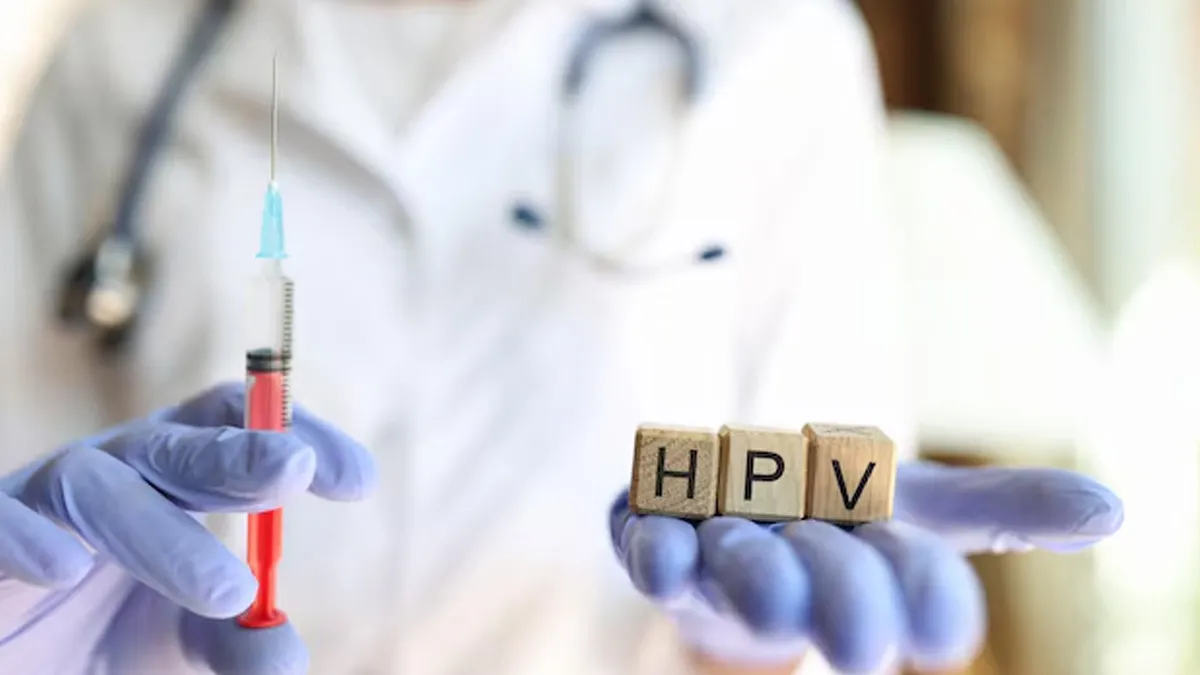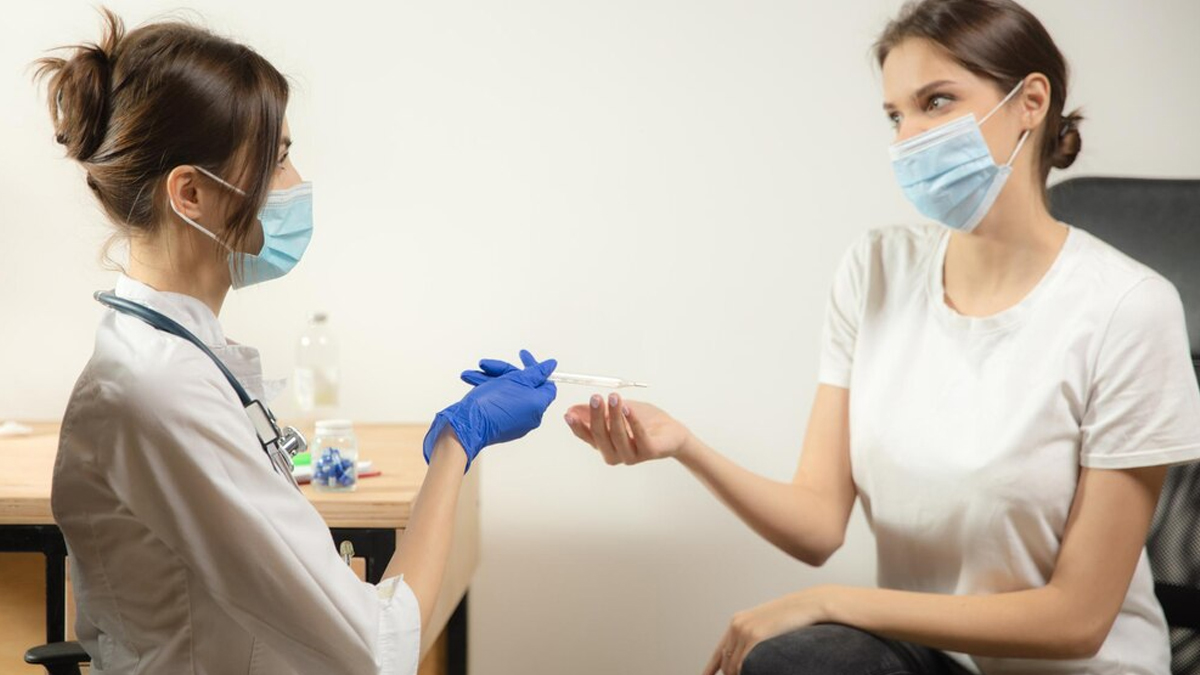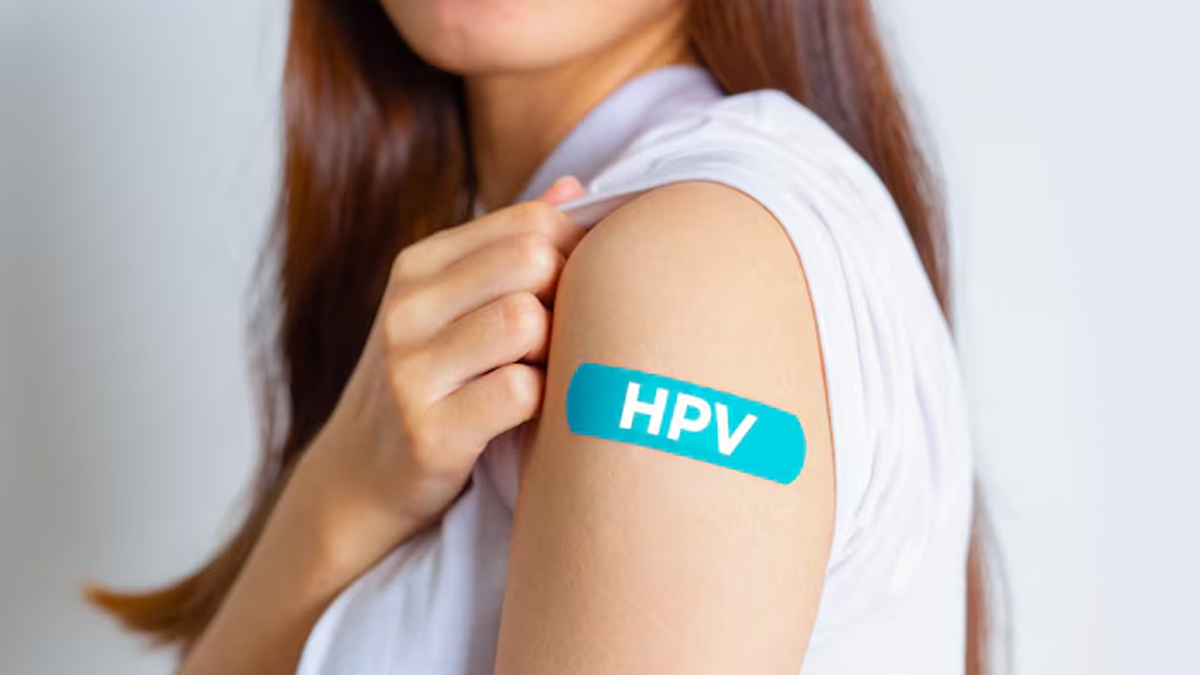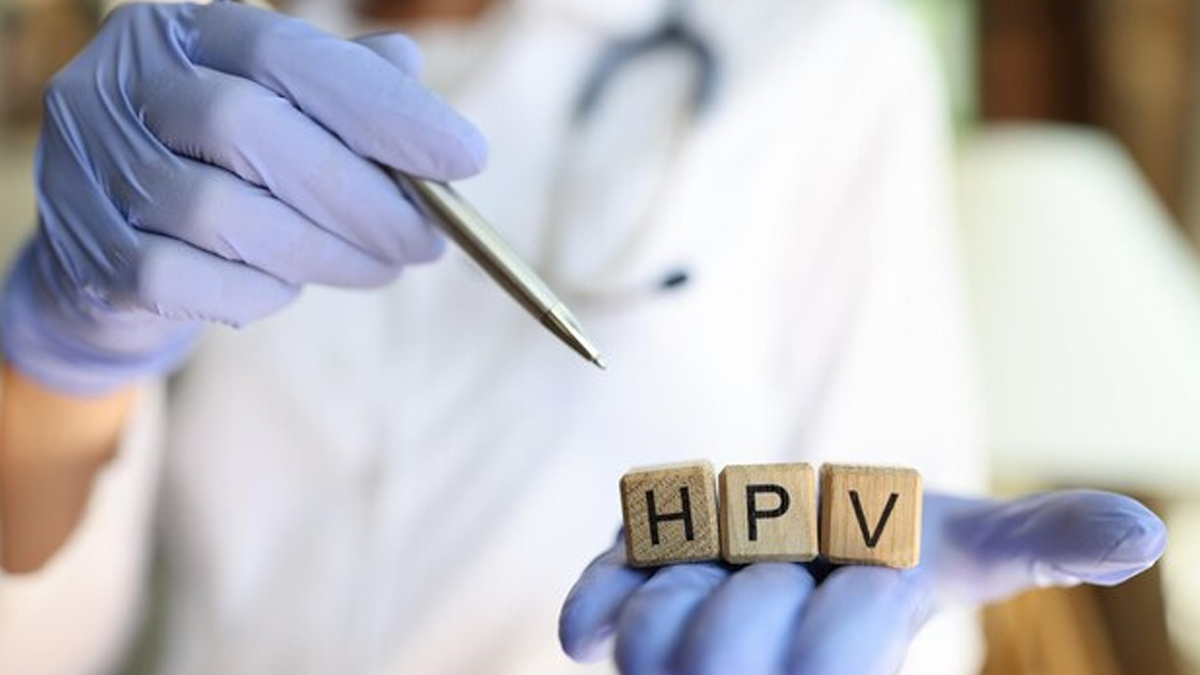
The Human Papillomavirus (HPV) is a common Sexually Transmitted Infection (STI) that reportedly affects more than 90% of sexually active men and 80% of sexually active women in their lifetime. According to the National Cancer Institute (NCI), HPV causes an estimated 6.3 lakh cancers worldwide each year, accounting for about 5% of all cancers.
Table of Content:-
The alarming data can get anyone to wonder whether or not all HPV infections progress to cancer or if it is just some high-risk strains that cause cancer. And to address the question, the OnlyMyHealth team spoke to Dr Jeyhan Dhabar, Consultant, Medical Oncology, Jaslok Hospital & Research Centre, Mumbai.
Also Read: Cervical Cancer Awareness Month 2025: Know The Early Signs And Prevention
HPV And Cancer Risk

HPV is a highly prevalent STI that can lead to cancer in some individuals. The World Health Organization (WHO) reported that in 2019, HPV caused an estimated 6.2 lakh cancer cases in women and 70,000 cases in men.
"Persistent HPV infection with high-risk HPV types is the cause of cervical cancer and is associated with cancers of the vulva, vagina, mouth/throat, penis, and anus," the global health body shared.
Do All HPV Infections Lead To Cancer?
“Not all HPV infections lead to cancer,” said Dr Dhabar, adding that there are over 200 types of HPV, and most are low-risk, causing no symptoms or only minor conditions like warts. In fact, most HPV infections, especially in younger people, are cleared by the immune system within 1-2 years and do not require treatment.
How To Know If You Have A High-Risk HPV Strain?

High-risk HPV types (e.g., HPV-16, HPV-18) are usually associated with cancers, such as:
- Cervical cancer
- Anal cancer
- Oropharyngeal cancer (throat, base of tongue, and tonsils)
- Vaginal, vulvar, and penile cancers
According to Dr Dhabar, high-risk HPV that persists may cause cell changes and requires monitoring or treatment if it leads to precancerous conditions. Screening tests that can help identify high-risk HPV strains include:
- HPV test: Checks for the presence of high-risk HPV DNA, usually from a cervical sample.
- Pap smear (or Pap test): Examines cervical cells for abnormalities that could indicate pre-cancer or cancer.
- Combined HPV DNA and Pap co-testing is recommended for more accurate screening.
- For men and others, HPV screening isn’t routinely done unless specific symptoms or risks are present.
You can also watch out for certain signs and symptoms associated with different types of HPV-related cancers. These include:
Cervical cancer: Abnormal vaginal bleeding, pelvic pain, or unusual discharge.
Oropharyngeal cancer: Persistent sore throat, hoarseness, ear pain, or a lump in the throat/neck.
Anal cancer: Pain, bleeding, or lumps in the anal region.
Penile cancer: Changes in skin colour, thickening, or sores on the penis.
Also Read: What is the Recommended Age for Receiving the HPV Vaccine? Is It Effective For Adults Over 26?
How Often Should You Get Screened For HPV?

Here’s a guide to when and how often people should get screened for HPV:
- For women aged 21-29: Pap test every 3 years.
- For women aged 30-65: HPV test every 5 years, or Pap test every 3 years, or co-testing (HPV + Pap) every 5 years.
- For men and others: Routine screening isn’t currently recommended unless symptoms or high-risk factors (e.g., immunosuppression, anal sex) are present.
Understanding The Importance Of HPV Vaccine
So far, there are six licensed HPV vaccines available worldwide, including bivalent, quadrivalent, and nonavalent options, according to the WHO.
The HPV vaccine (e.g., Gardasil 9) protects against most high-risk HPV types, including HPV-16 and HPV-18, which cause about 70% of cervical cancers and other HPV-related cancers, said D Dhabar.
However, it is important to note that the vaccine doesn’t protect against all HPV types or infections acquired before vaccination, so regular screenings are still essential.
Also watch this video
How we keep this article up to date:
We work with experts and keep a close eye on the latest in health and wellness. Whenever there is a new research or helpful information, we update our articles with accurate and useful advice.
Current Version